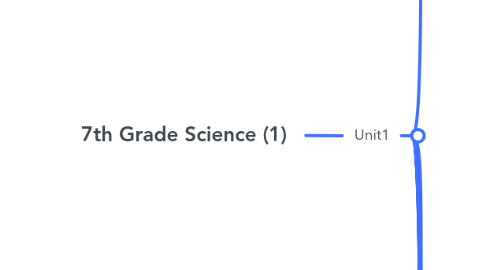
1. Unit1
1.1. Module1
1.1.1. Lesson1:
1.1.1.1. Matter:
1.1.1.2. Solid State:
1.1.1.3. Liquid State:
1.1.1.4. Gas State:
1.1.1.5. Kinetic Energy:
1.1.1.6. Temperature:
1.1.1.7. Thermometer:
1.1.1.8. Kelvin Scale:
1.1.1.9. Potential Energy:
1.1.1.10. Thermal Energy:
1.1.1.11. Atoms:
1.1.1.12. Substances:
1.1.1.13. Elements:
1.1.1.14. Compound:
1.1.1.15. Molecule:
1.1.1.16. Periodic Table of Elements:
1.1.1.17. Element Symbols:
1.1.1.18. Chemical Formula:
1.1.2. Lesson 2
1.1.2.1. Jacques Charles:
1.1.2.2. Volume Temperature Law:
1.1.2.3. Thermal Contraction:
1.1.2.4. Thermal expansion:
1.1.2.5. Systems:
1.1.2.6. Heating:
1.1.2.7. Pressure:
1.1.2.8. Phase Change:
1.1.2.9. Melting:
1.1.2.10. Freezing:
1.1.2.11. Condensation:
1.1.2.12. Vaporization:
1.1.2.13. Evaporation vs. Boiling.
1.1.3. Lesson 3
1.1.3.1. Robert Boyle-
1.1.3.2. Boyles Law -
1.1.3.3. Boyles Law -
1.1.3.4. Boyles Law -
1.2. Lesson 4
1.2.1. Molecules
1.2.2. Nonmetal Gases
1.2.3. Nonmetal Solids
1.2.4. Metals
1.2.5. Ionic Compounds
1.2.6. Covalent Compounds
1.2.7. Polar Covalent Compounds
1.2.8. Nonpolar Covalent Compounds
1.2.9. Dissolving
1.3. Module 2:
1.3.1. Qualitative Characteristics:
1.3.2. Quantitative Characteristics:
1.3.3. Mass:
1.3.4. Weight:
1.3.5. Volume:
1.3.6. Density:
1.3.7. Chemical Properties:
1.3.8. Flammability:
1.3.9. Oxidation:
1.3.10. Reactivity:
1.3.11. Solubility:
1.4. Module 3
1.4.1. Natural resource
1.4.2. Ores
1.4.3. Renewable Resources
1.4.4. Nonrenewable resources
